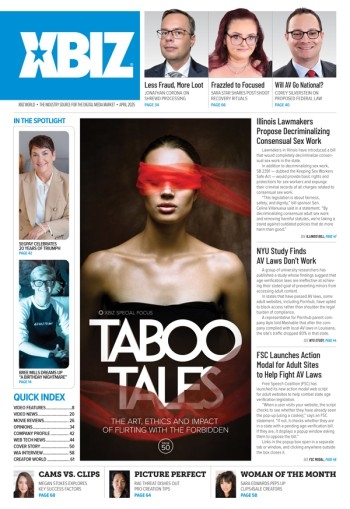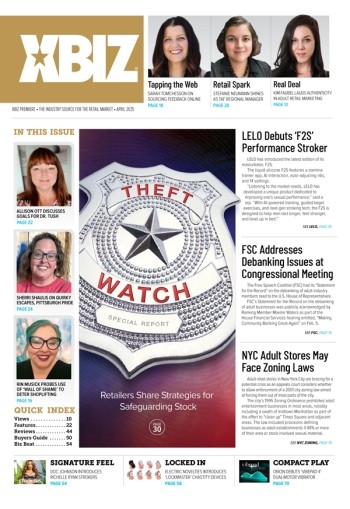For those who seek to profit from still photo and video content delivery, the trend is plain to see; DVD is here to stay, and will only become more prevalent as the ‘media of choice’ in the future. Still haven’t climbed aboard this exciting technology? Here’s a basic overview to get you started:
By the time DVD ("Digital Video Disc" or "Digital Versatile Disc") was introduced to the American public in March 1997, years of research and development had preceded its arrival as the "next generation" format of home entertainment. Consumer electronics manufacturers and movie studios established an industry-wide DVD-video standard in 1996; and by the end of 1997, DVD players had set sales records and well over 500 DVD movie titles had been released, with the rate of new releases rapidly increasing from that point forward.
A DVD is identical in thickness (1.2 millimeters) and diameter (120 millimeters or 4.7 inches) to a standard Compact Disc, but that's where the similarities end. The DVD's storage capacity is seven times that of a CD, with a 4.7-gigabyte capacity on a single-side/single-layer DVD. That's the data-storage equivalent of a 133-minute movie, thus allowing 95 percent of all movies to fit comfortably on a single-layer DVD, eliminating the need for "flipping" the disc and leaving extra room for multiple audio, language, and subtitle tracks; bonus materials; menu screens; and other features unique to DVD. This capacity is nearly doubled (8.5 GB) on a single-side/dual-layer DVD, and quadrupled (17 GB) on a double-side/dual-layer DVD, allowing DVD to flourish not only as a movie-lover's format, but as an amazingly flexible medium (DVD-ROM) for high-definition computer games, multimedia applications, and yes - even as a delivery mechanism for adult content providers. In short, this makes DVD the home entertainment, content distribution, and multimedia format of the new millennium.
Why Should I Bother With DVD?
Don't worry, you won't have to trash your VCR if you don't want to. But the vastly improved audio and video quality of DVD, along with its durability and flexibility (no rewinding, instant scene access, etc.) makes VHS pale in comparison. You don't need an upgraded home-theater system (unless DVD makes you want one!); and affordable DVD players are compatible with CDs, while some "combo" models allow the playback of DVDs, CDs, and laserdiscs. With all major movie studios now supporting the format, the selection of current and classic movies on DVD (along with music videos, opera, documentaries, you name it!) is rapidly expanding, along with outlets for DVD sales and rentals. This is a great incentive for not only consumers, but Webmasters as well, to embrace this powerful, flexible, and inexpensive format!
From Big Screen to Little Disc
Videophiles and laserdisc loyalists will debate the pros and cons of DVD for years, but one thing is certain: the process of transferring a movie to DVD is highly advanced and designed to deliver the highest quality of audio and video available. For every video format (VHS, laserdisc, and DVD), the process begins with "telecine" (TEL-a-sin-ee), but the procedures for DVD adhere to much higher standards. The telecine process begins when light is passed through the film (frame by frame, with exacting precision) and strikes an array of semiconductors that convert the light into electrical signals. That information is then digitally transferred to High Definition video (HD), which is capable of picture resolution nearly equal to that of the original film.
The HD master can be color-corrected and further checked to match the original film (a process often involving the film's director and cinematographer). Then its massive data capacity must be compressed via MPEG-2 encoding (developed by the Motion Picture Experts Group, or MPEG), which produces a varying rate of transferred data to exploit similarities from one film frame to the next. Less data is required for redundant details while more data is reserved for complex details such as rain, smoke, crowd scenes, etc. (This process leads to image-quality debates between laserdisc and DVD fanatics, due to the idiosyncrasies of MPEG-2 compression, but DVD maintains a definite edge in picture resolution.)
The MPEG-2 digital video transfer is later synchronized with all the audio elements (soundtracks and language or commentary tracks) and then combined on a specialized computer called a "multiplexer," along with all the potential elements of DVD, including subtitles, menu files, chapter stops, closed-captioning, parental-control information, regional encoding, and copy-protection. This digitally combined information is then recorded onto a tape drive, which is then checked for signal integrity, further inspected for quality control, and finally used as the data source from which a master DVD can be made for unlimited duplication. ...some of today's newer computer systems come equipped with DVD recorders and software already pre-installed!
This of course is the absolute ‘high end’ and not necessarily the realm of adult content providers and Webmasters who can make use of this technology by ‘burning’ their own DVDs easily and inexpensively using a wide variety of commercially available products - in fact, some of the newer computer systems come equipped with DVD recorders and software already pre-installed!
What Does it All Mean?
Don't let the techno-babble fool you - find a local consumer outlet and test-drive a DVD player for yourself (if you do not already own one), and remember how readily the public traded in their vinyl records for music CDs. The same phenomenon appears to be happening with DVD, although VHS videotapes are far too entrenched in the market to disappear anytime soon.
However, as it becomes clear that DVD will avoid the niche-market fate of laserdiscs to become the accepted format for home entertainment, DVD, with all of its convenience, affordable cost, and superior performance, speaks for itself - and should be the distribution format of choice for content providers who wish to remain competitive into the future.






